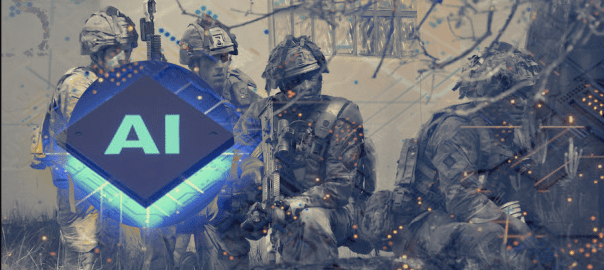May 16, 2023 /Technology/ — Geopolitical conflicts are escalating around the world, and there are a number of areas that are experiencing these issues. Some of the most conflict-ridden regions include the Middle East, Eastern Europe, and Africa.
The Middle East is a particularly volatile region, and there are a number of ongoing conflicts in the region, including the Syrian Civil War, the Yemeni Civil War, and the Israeli-Palestinian conflict. These conflicts have caused widespread death and destruction, and they have also contributed to the rise of extremism and terrorism in the region.
Eastern Europe is another region that is experiencing a number of geopolitical conflicts. The most notable conflict in the region is the ongoing war in Ukraine, which began in 2014. This conflict has caused widespread death and destruction, and it has also destabilized the region.
Africa is also a region that is experiencing a number of geopolitical conflicts. Some of the most notable conflicts in Africa include the Boko Haram insurgency in Nigeria, the conflict in South Sudan, and the conflict in Somalia. These conflicts have caused widespread death and destruction, and they have also contributed to the spread of poverty and disease in the region.
There are a number of ways in which AI can be used to resolve human conflicts. AI can be used to improve communication and understanding between different groups, and it can also be used to develop new technologies that can help to prevent conflict and promote peace. For example, AI can be used to develop early warning systems that can identify potential conflict areas, and it can also be used to develop mediation and negotiation tools that can help to resolve disputes.
There is no single peace plan that can resolve all of the world’s geopolitical conflicts. However, there are a number of things that can be done to promote peace and stability in the world. These include:
- Investing in education and economic development, which can help to reduce poverty and inequality, two of the root causes of conflict.
- Promoting dialogue and understanding between different cultures and religions.
- Strengthening international institutions and laws that can help to resolve disputes peacefully.
- Investing in peacekeeping and humanitarian efforts to help those who are affected by conflict.
By taking these steps, we can help to create a more peaceful and stable world for all.
Artificial intelligence (AI) is being used to develop new types of ammunition that are more accurate, powerful, and efficient. Some of the types of ammunition that are being developed with AI include:
- Smart ammunition: Smart ammunition is designed to be able to identify and target specific objects. This type of ammunition can be used to destroy enemy equipment or to take out enemy personnel.
- Kinetic energy ammunition: Kinetic energy ammunition uses the force of impact to damage or destroy its target. This type of ammunition is often used in anti-tank weapons because it can penetrate thick armor.
- Explosive ammunition: Explosive ammunition uses an explosive charge to damage or destroy its target. This type of ammunition is often used in artillery and mortars.
AI is also being used to develop new ways to manufacture ammunition. AI-powered machines can be used to produce ammunition more quickly and accurately than traditional methods. This can help to reduce the cost of ammunition and make it more available to military forces.
The use of AI in ammunition development is still in its early stages, but it has the potential to revolutionize the way that wars are fought. AI-powered ammunition could make wars more precise and efficient, and it could also help to reduce the number of civilian casualties.
Here are some examples of AI-developed ammunition:
- The SMArt 155 is a smart 155mm artillery shell that can identify and target specific targets. It is equipped with a sensor that can detect the heat signature of enemy vehicles. The shell can then be programmed to detonate near the target, causing maximum damage.
- The XM1113 is a kinetic energy penetrator that can defeat modern armor. It is made of a tungsten alloy that is very dense and strong. The shell can penetrate up to 12 inches of armor, making it effective against tanks and other armored vehicles.
- The BLU-109 is an explosively formed penetrator that can create a hole in thick armor. It is made of a copper liner that is filled with explosives. When the shell detonates, the liner is forced into the target, creating a hole that can be several inches wide.
These are just a few examples of the many types of AI-developed ammunition that are being developed. As AI technology continues to advance, we can expect to see even more sophisticated and powerful ammunition in the future.

